Planet Earth, our celestial home, is a remarkable oasis in the vastness of the cosmos. From its diverse ecosystems and abundant life forms to its intricate geological processes and delicate balance, Earth has sustained and nurtured humanity for millennia.
In this comprehensive article, we embark on a grand exploration of our planet, diving into its geological history, vibrant biosphere, intricate climate systems, and the challenges it faces in the modern era. Join us on this awe-inspiring journey as we uncover the wonders and intricacies of our beloved blue planet.
Table of Contents
Planet Earth quick facts:
- Planet type: Terrestrial
- Age: 4.6 billion years (and counting)
- Length of year: 365 earth days
- One way light time to the Sun: 8.424705 minutes
- Rotation time on its axis: 23 hours 56 minutes 4.091 seconds
Formation and Geological History
The story of Earth’s formation dates back approximately 4.6 billion years. We delve into the processes that led to its birth, including the accretion of cosmic dust and the formation of a molten planet. The subsequent differentiation of Earth’s layers resulted in the formation of its solid crust, mantle, and core. We explore the formation of continents, the dynamic nature of tectonic plates, and the geologic processes that have shaped our planet’s surface over millions of years.
The Dynamic Earth: Plate Tectonics and Volcanism
Plate tectonics, a fundamental process on Earth, drives the movement of continents and shapes the planet’s topography. We examine the theory of plate tectonics, the different types of plate boundaries, and the associated geological features such as mountains, rift valleys, and oceanic trenches. Volcanism, another significant geological phenomenon, gives rise to majestic volcanoes and influences Earth’s climate and atmosphere. We explore famous volcanic regions and their impact on the planet.
Earth’s Life-Sustaining Biosphere
Earth’s biosphere is a tapestry of intricate ecosystems teeming with diverse life forms. We explore the staggering array of organisms that inhabit our planet, from microscopic bacteria to towering trees and magnificent mammals. The interconnectedness of these ecosystems is crucial for maintaining Earth’s delicate balance. We delve into the concepts of biodiversity, ecological relationships, and the role of humans in shaping the biosphere.

The Hydrosphere: Oceans, Rivers, and Water Cycle
Water, a precious resource, dominates Earth’s surface, forming vast oceans, lakes, and rivers. We delve into the mysteries of the deep seas, exploring their unique ecosystems, diverse marine life, and the vital role they play in regulating the planet’s climate. The water cycle, the process through which water moves across Earth’s surface, atmosphere, and underground, is essential for the distribution of freshwater and the sustenance of life. We uncover the intricate mechanisms of the water cycle and its influence on weather patterns.
Earth’s Atmosphere and Climate Systems
Earth’s atmosphere, a thin layer of gases, shields the planet from the harshness of space and regulates its climate. We examine the composition of the atmosphere, its layers, and the vital role of greenhouse gases in maintaining Earth’s temperature. The climate systems, including wind patterns, ocean currents, and atmospheric circulation, dictate global weather patterns and shape Earth’s diverse climates. We explore the impacts of climate change, human activities, and the quest for sustainable solutions.
Earth’s Paleoclimate and Environmental Changes
Earth’s climate has experienced significant fluctuations throughout its history. We delve into the study of paleoclimatology, which uses geological evidence to reconstruct past climates. From ice cores to sediment layers, we uncover Earth’s ancient climates, mass extinctions, and the lessons they hold for understanding current environmental changes. We discuss the Anthropocene, the current era characterized by human influence on Earth’s ecosystems, and the urgent need for conservation and sustainability efforts.
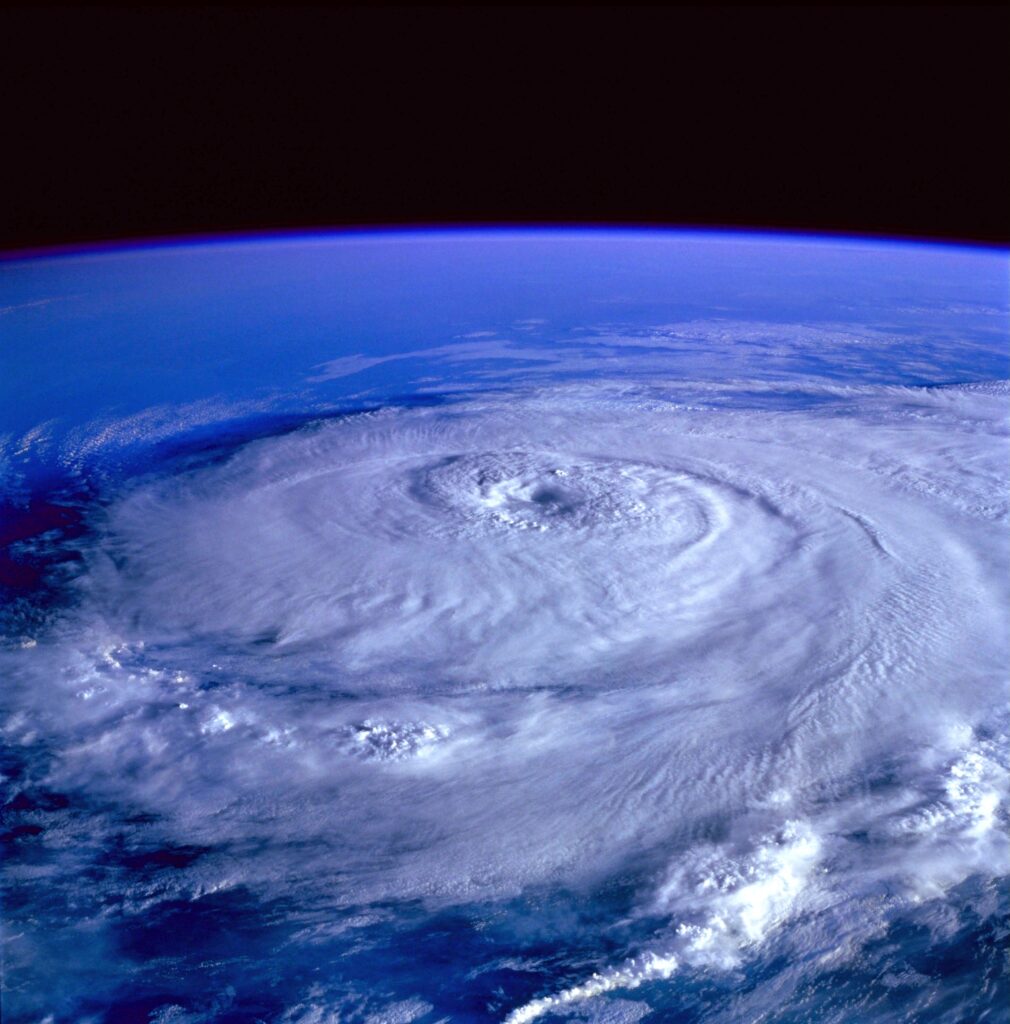
Earth’s Future and the Challenges Ahead
As we gaze into the future, we confront the pressing challenges Earth faces. We discuss the impact of human activities on the environment, including deforestation, pollution, and resource depletion. We explore the potential consequences of climate change, rising sea levels, and the loss of biodiversity. However, we also highlight the collective efforts to address these challenges, from sustainable practices to technological innovations. We emphasize the importance of global cooperation and individual actions in safeguarding the future of our planet.
Conclusion
Planet Earth, our celestial home, is a marvel of complexity and beauty. From its geological history and diverse ecosystems to its intricate climate systems, Earth stands as a testament to the wonders of the cosmos. As stewards of this remarkable planet, it is our collective responsibility to preserve and protect it for future generations. Let us cherish the blue jewel that is Earth and strive to create a sustainable and harmonious coexistence with the magnificent web of life it nurtures.
Read more posts on Science.
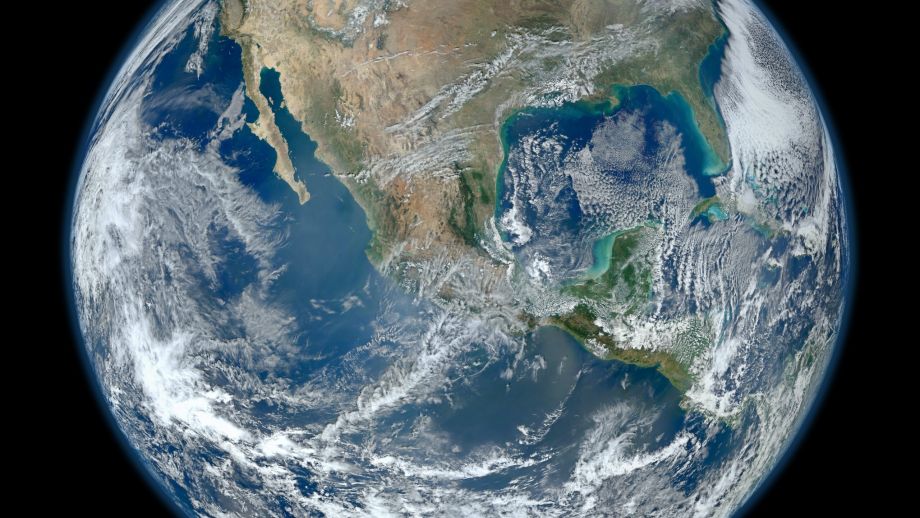
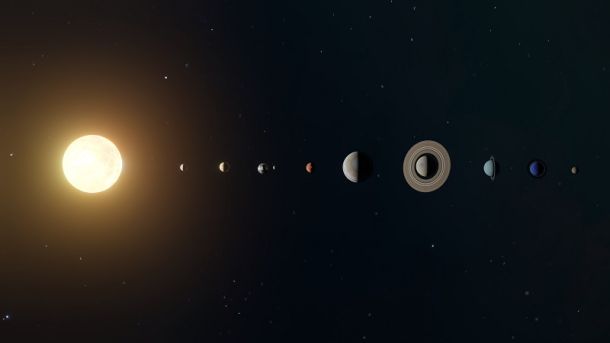
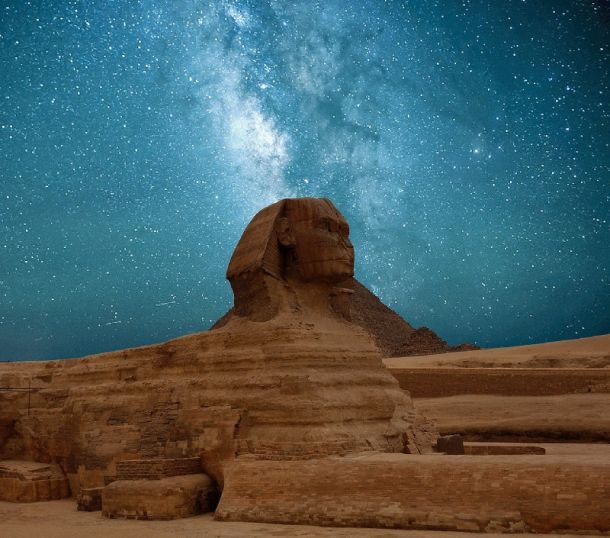
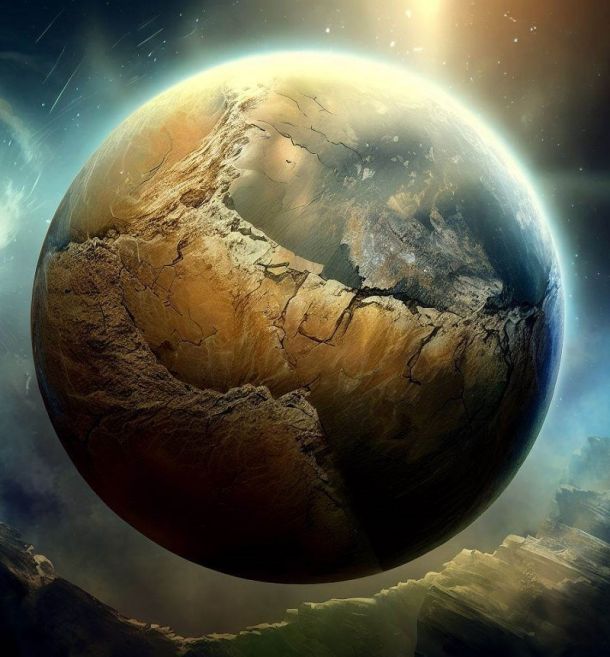

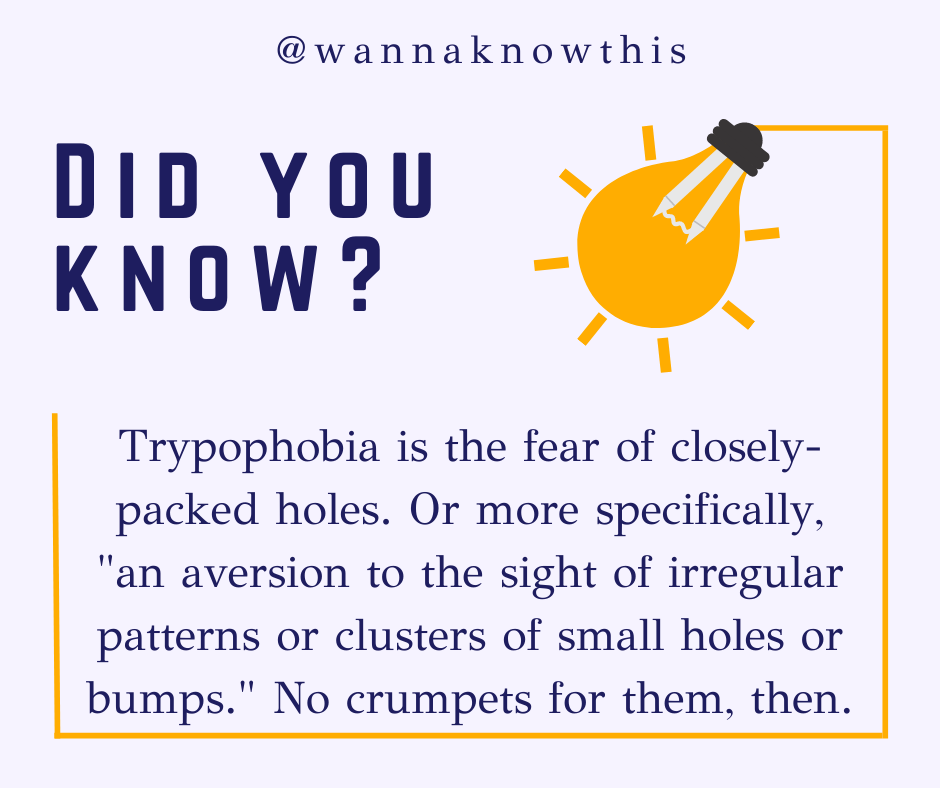
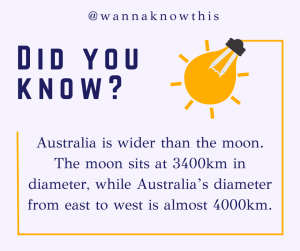
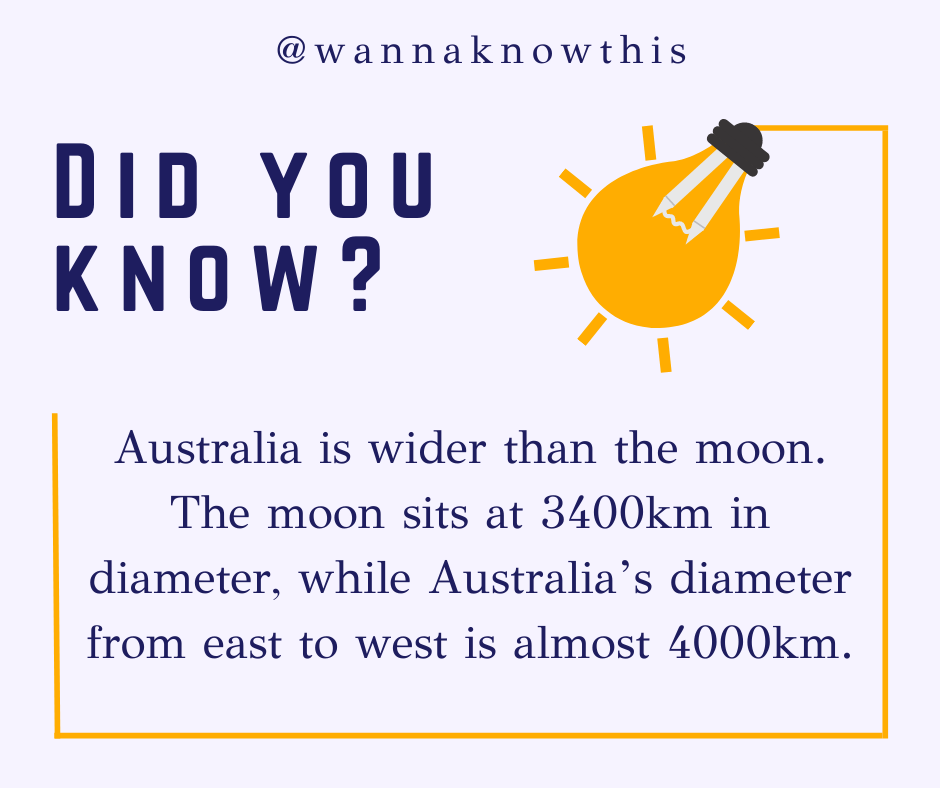







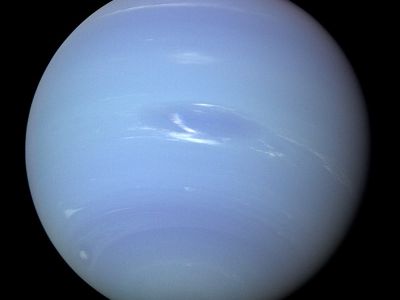
[…] proximity to Earth have made it one of the most easily recognizable planets in our solar system. Mars has been the […]
[…] depth of Earth‘s oceans is an astonishing and often humbling aspect of our planet’s geography. These […]